When it comes to creating the perfect look, the right pair of shoes can make all the difference. However, nothing diminishes style quite like uncomfortable footwear. Finding the ideal fit takes more than just guessing your shoe size—accurate measurements are key! In this comprehensive guide, we’ll walk you through everything you need to know about measuring your foot for shoes.
Understanding the Importance of Proper Foot Measurement
Why Accurate Measurements Matter
Wearing the wrong shoe size can lead to a host of foot problems, from discomfort to serious medical issues. According to the American Podiatric Medical Association (APMA), ill-fitting shoes can contribute to conditions like bunions, corns, and plantar fasciitis. Not only do proper measurements ensure a comfortable fit, but they also help in maintaining your foot health.
The Risks of Ignoring Foot Size

While many people purchase shoes based on their previous purchases or brand sizing charts, this can often lead to inaccuracies. Each brand has its own sizing conventions, which can vary significantly. A size 8 in one brand might feel too tight or too loose in another. Therefore, taking the time to measure your foot is essential for making an informed choice.
Real-World Footwear Experience

Take, for example, Lisa, a fashionista who loves experimenting with different styles. After purchasing several pairs of shoes in her usual size, she faced continuous discomfort. It wasn’t until she decided to measure her feet that she discovered she had a wider foot than she had previously thought. By choosing a brand that offered wider fittings, Lisa was able to avoid foot pain while still rocking her favorite styles.
Step-by-Step Guide to Measuring Your Feet
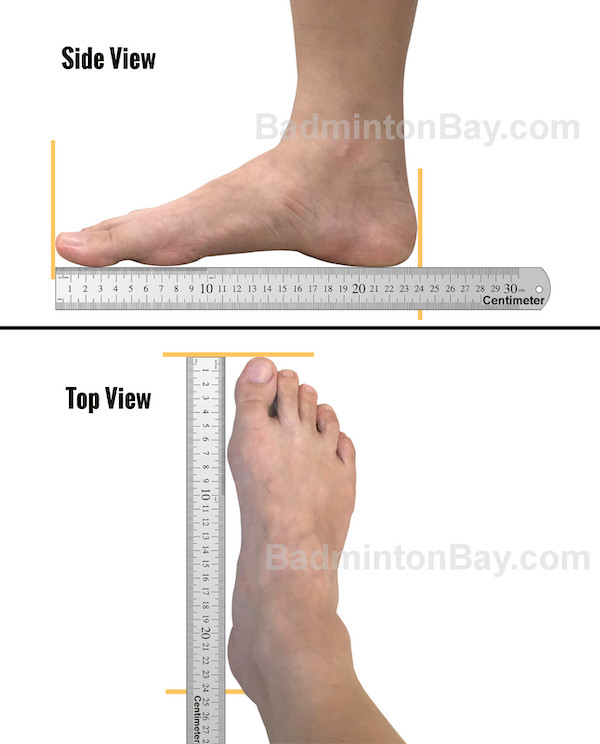
Materials You’ll Need for Accurate Measurements
Before diving into the measurement process, gather the following materials:
- A ruler or measuring tape
- A piece of paper
- A pen or pencil
- A flat surface to stand on
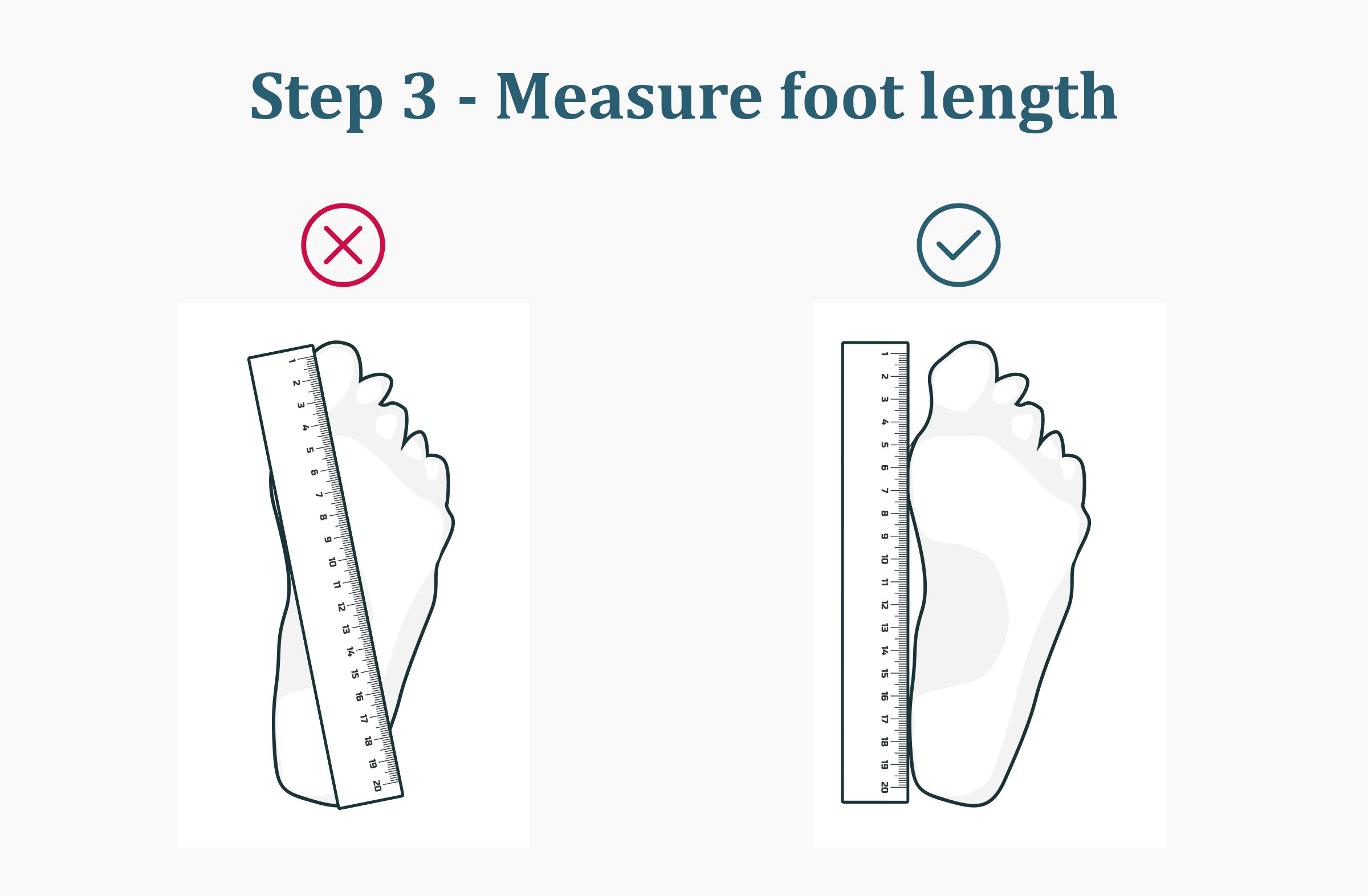
Measuring Your Foot Length
- Prep Your Area: Start by placing the piece of paper on a flat surface.
- Stand on the Paper: Make sure your heel is against the wall or a straight edge.
- Mark Your Foot: Trace the outline of your foot with the pen or pencil. Ensure that the pen is held vertically to make an accurate outline.
- Measure the Length: Use the ruler or measuring tape to measure from the heel to the tip of the longest toe. Record this measurement in inches or centimeters.
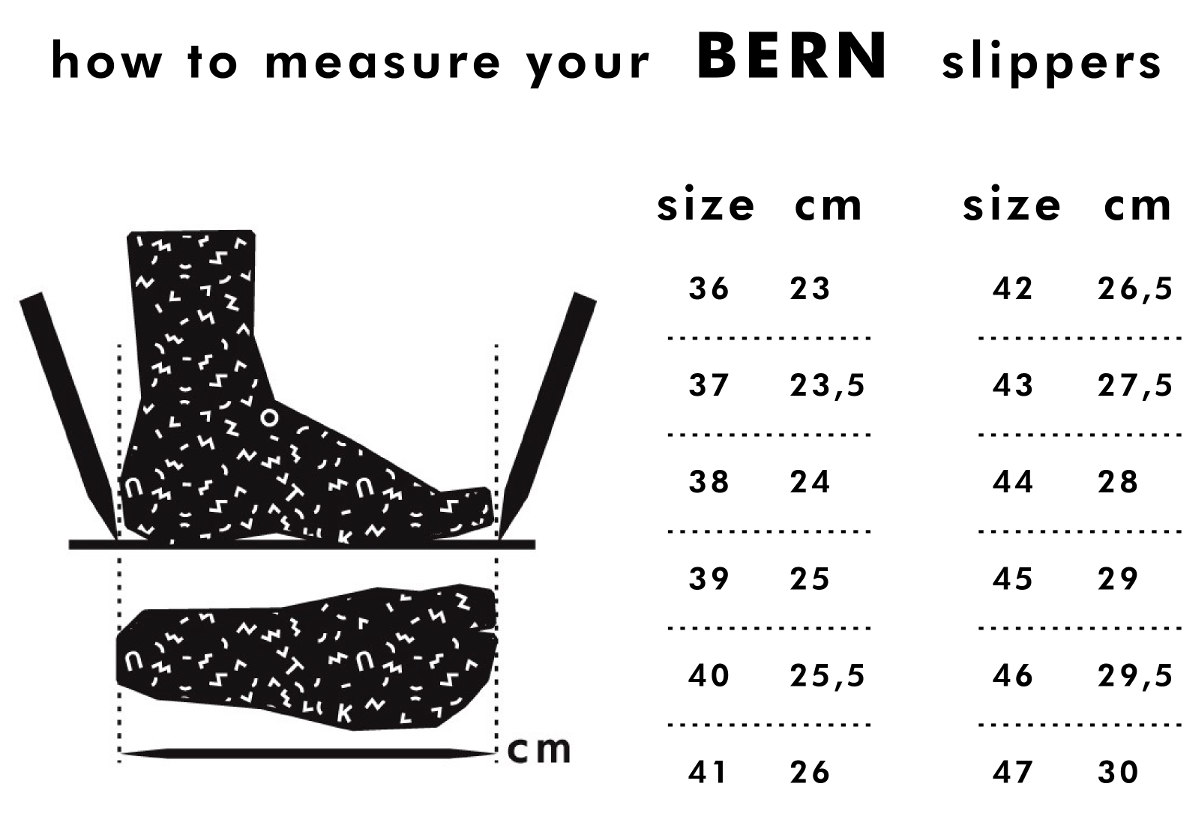
Measuring Your Foot Width
- Trace Your Foot Again: In the same manner as before, trace the width of your foot at its widest part.
- Measure the Width: Measure the distance across the widest part of your foot. Record this measurement.
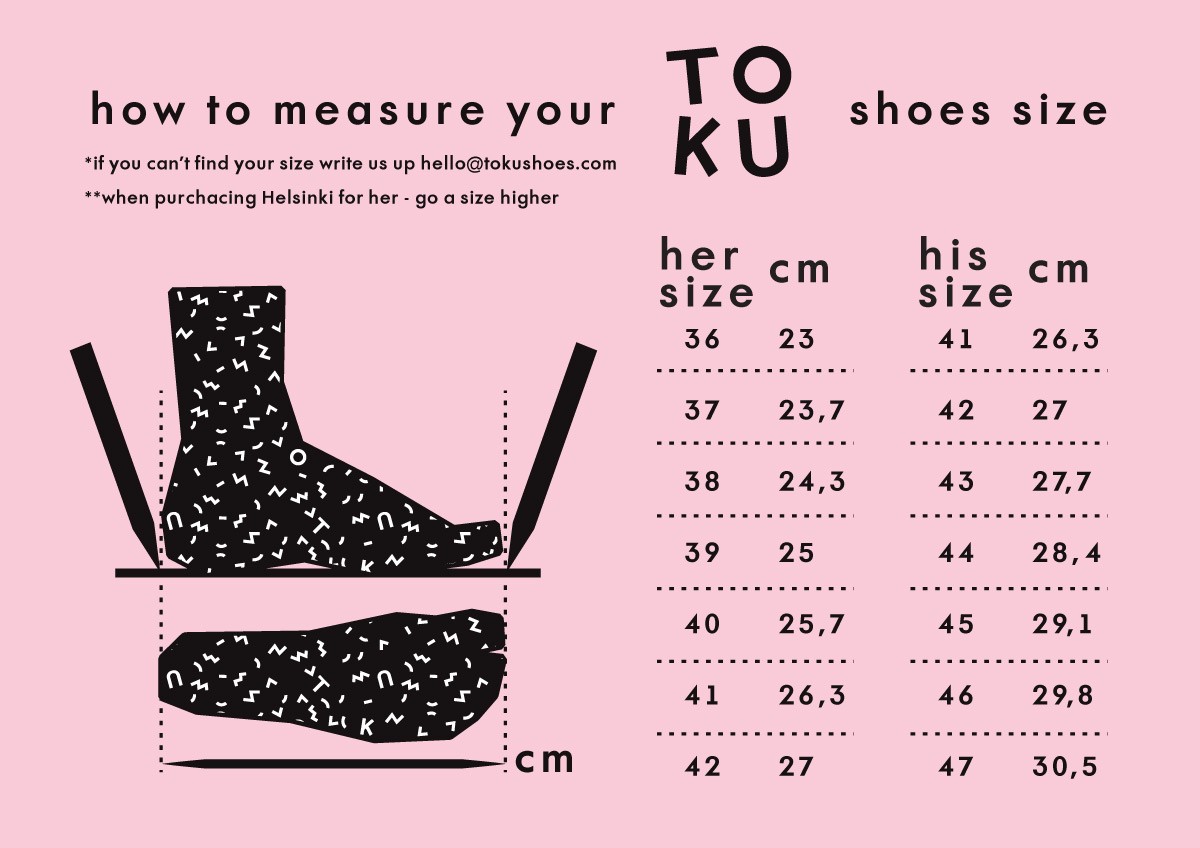
Pro Tip: Measure Both Feet
It’s not uncommon for one foot to be slightly larger than the other. Always measure both feet and use the larger measurement when determining your shoe size.

Understanding Shoe Sizes and Widths
Shoe Size Charts: The Basics
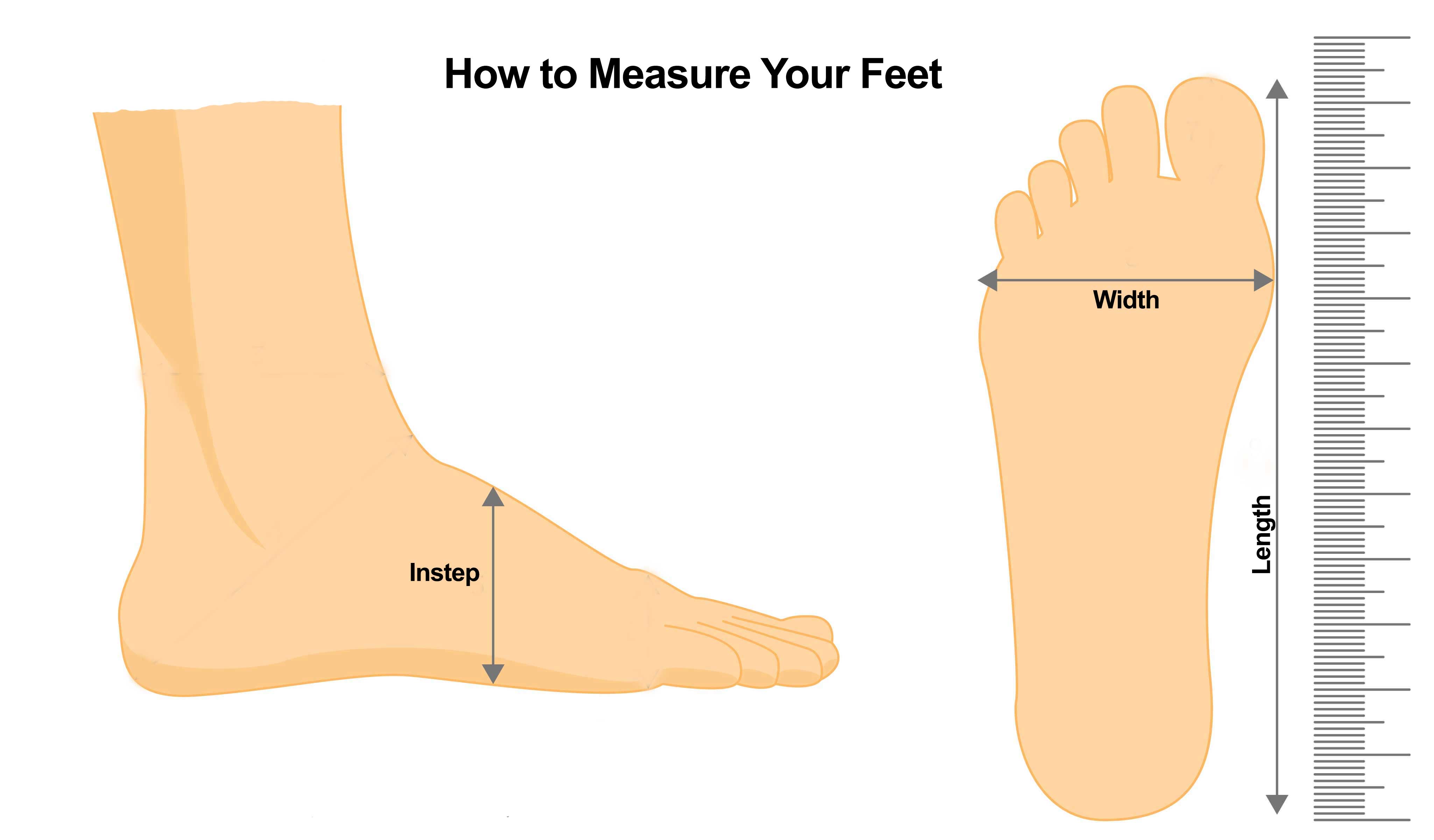
Shoe sizes can vary greatly between countries and manufacturers. Here’s a quick reference chart for U.S. shoe sizes:
| U.S. Size | Foot Length (inches) | Foot Length (cm) |
|---|---|---|
| 6 | 9.25 | 23.5 |
| 7 | 9.625 | 24.4 |
| 8 | 9.9375 | 25.4 |
| 9 | 10.25 | 26.0 |
| 10 | 10.5625 | 27.0 |
Understanding Shoe Widths
In addition to length, shoe width is essential for achieving a perfect fit. Width typically ranges from narrow (AA) to extra wide (EEEE). Here’s a breakdown of common widths:
| Width | Description |
|---|---|
| A | Narrow |
| B | Standard (Medium) |
| C | Wide |
| D | Standard (Men’s) |
| E | Extra Wide |
| EE | Extra Extra Wide |
Case Study: Finding the Right Width
Mark, a marketing professional, struggled with finding shoes that weren’t too tight. After measuring his foot width, he realized he needed a size D instead of the standard B. By making this simple adjustment, he not only improved his comfort but also increased his productivity at work—less foot pain means more focus!
Tips for Choosing the Right Shoes
Consider Your Foot Type
Understanding your foot type is crucial for selecting shoes that offer the best support. Common foot types include:
- Flat Feet: Those with flat arches benefit from shoes with arch support and stability.
- High Arches: People with high arches require cushioned shoes to absorb impact.
- Neutral Arches: A moderate arch allows for versatility in choosing any type of shoe.
Try Shoes on at the End of the Day
Our feet tend to swell throughout the day. To ensure a proper fit, try on shoes in the late afternoon or evening when your feet are at their largest.
Walk Before You Buy
Take a few steps around the store to get a true sense of comfort. A shoe may look fantastic, but if it doesn’t feel good while walking, it’s not worth it!
Product Highlights: Top Shoe Brands to Consider
Asics
Known for their running shoes, Asics offers various width options and cushioned support, suitable for runners and casual wearers alike.
New Balance
New Balance provides shoes for various foot types and widths, emphasizing comfort and support without sacrificing style.
Clarks
If you’re looking for comfort in everyday wear, Clarks’s wide selection fashionably blends style and functionality while keeping comfort at the forefront.
Merrell
For those who enjoy outdoor activities, Merrell specializes in trail and hiking shoes that accommodate different foot types while providing necessary support.
Pros and Cons of Popular Brands
| Brand | Pros | Cons |
|---|---|---|
| Asics | Great arch support, wide options | Style may not appeal to all |
| New Balance | Wide array of fittings | Pricey compared to competitors |
| Clarks | Stylish designs, good cushioning | Less variety for sports shoes |
| Merrell | Excellent traction for trails | Can be heavy for casual use |
Frequently Asked Questions (FAQ)
1. How often should I measure my feet?
It’s a good idea to measure your feet at least once a year. Foot size can change due to age, weight gain, or pregnancy.
2. Can I measure my feet at home?
Absolutely! As detailed in this guide, measuring your feet at home is easy and requires minimal materials.
3. What should I do if my measurements fall between two sizes?
If your measurements fall between sizes, it’s generally advisable to choose the larger size for comfort, especially if you have wider feet.
4. Can I use my socks while measuring my feet?
It’s best to measure your feet without socks, as this allows for a more accurate size. However, if you usually wear thicker socks, consider measuring with them on.
5. Are all brand sizes consistent?
No, shoe sizes can vary significantly between brands, so always check their specific sizing charts.
6. What type of shoes should I wear for running?
For running, choose shoes with ample cushioning and support. Brands like Asics and New Balance are well-regarded for running footwear.
7. How can I ensure my shoes last longer?
To prolong the life of your shoes, store them properly, clean them regularly, and rotate pairs to minimize wear.
8. What’s the best method for returning ill-fitting shoes?
Always check the brand’s return policy; many companies offer free returns for online purchases. Keep the original packaging intact.
9. How can I find a store that offers fittings?
Many specialty shoe stores provide fitting services. Call ahead to confirm their offerings.
Conclusion
Measuring your foot for shoes might seem like a daunting task, but it doesn’t have to be! Armed with the right tools and knowledge, you’re now ready to find the perfect fit for your unique foot. Whether you’re a professional, a shoe enthusiast, or simply seeking comfort, knowing your measurements is invaluable. So, take the time to measure, and step out in style without sacrificing comfort!
Sources:
Final Note: Remember, the right shoes can transform your experience and enhance your style. Happy shoe shopping!